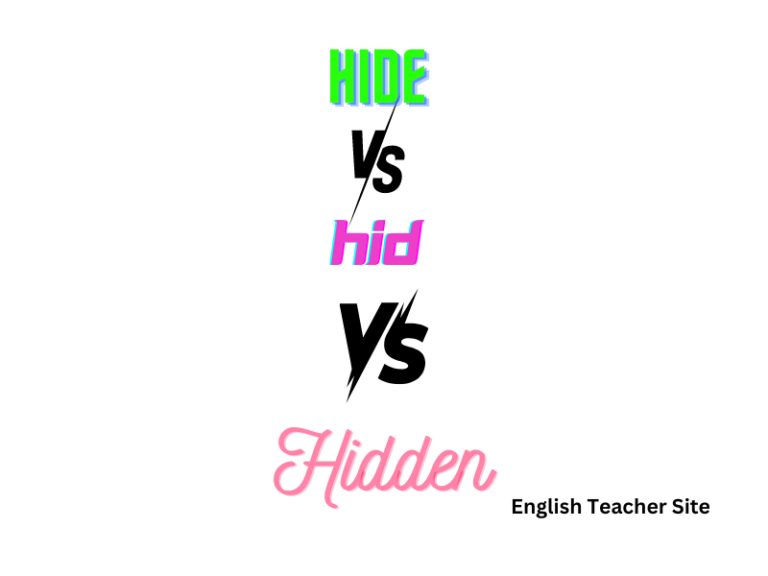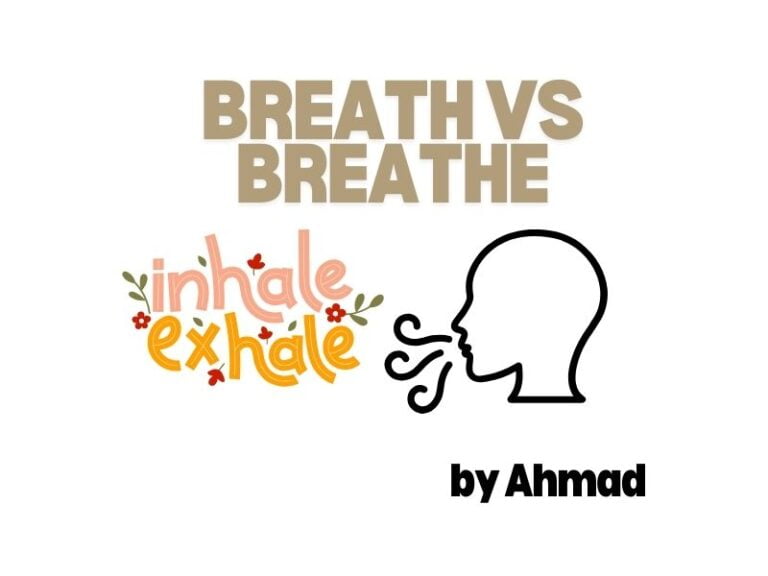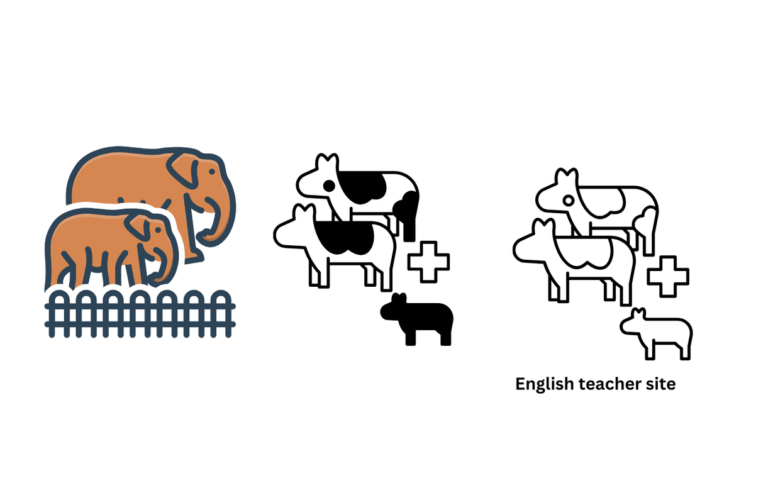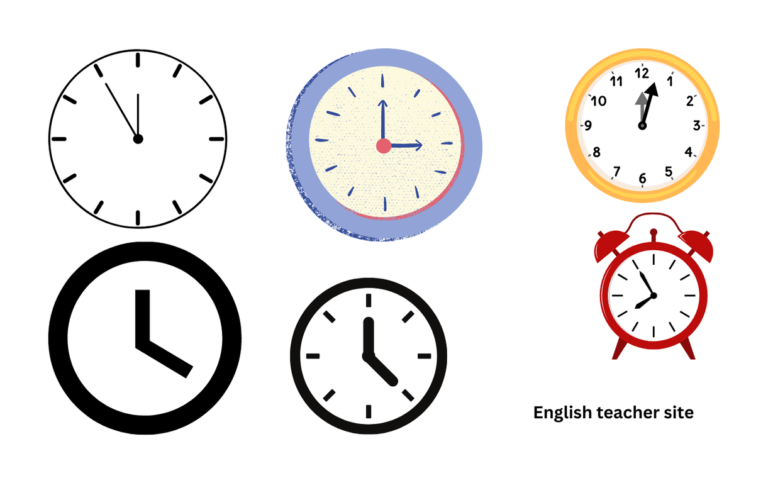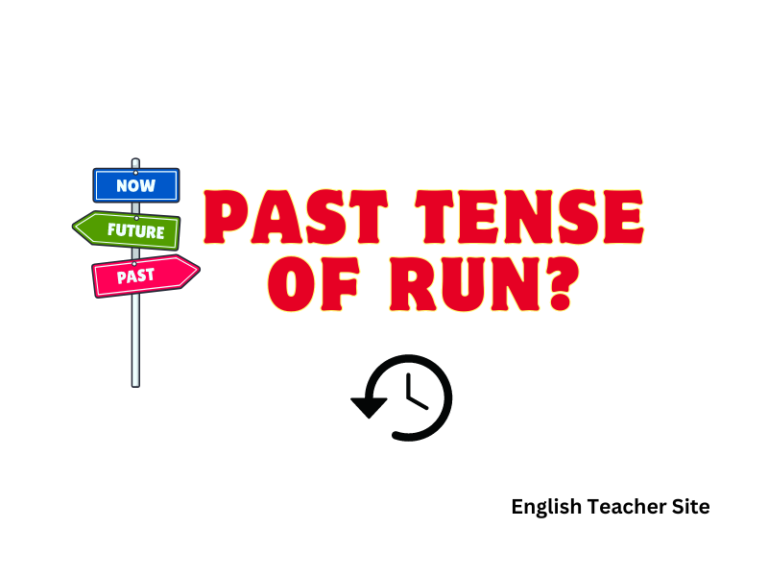Is It Blond or Blonde: Understanding the Correct Usage and Spelling
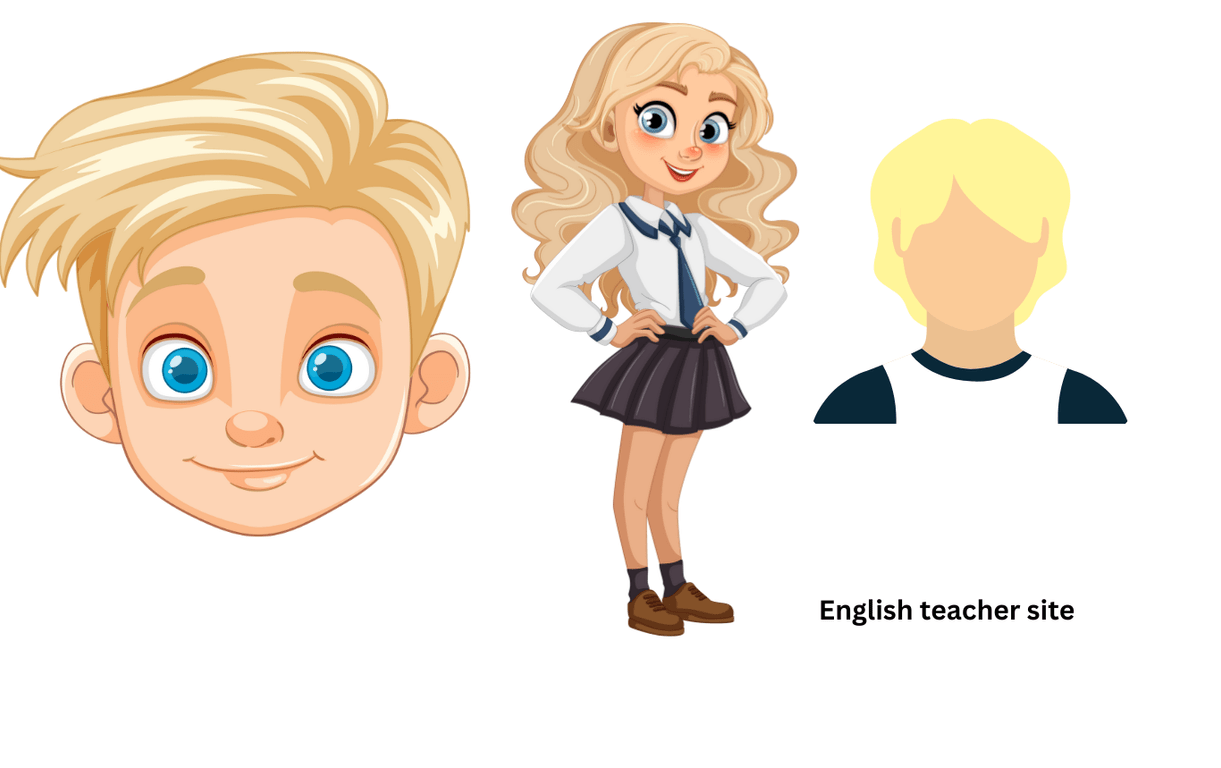
- “Blond” and “blonde” are the same word with gender-specific uses: “blond” for males and “blonde” for females.
- The distinction in spelling is a result of French linguistic influence, where adjectives align with the gender of the nouns they describe.
- Despite traditional rules, modern usage often sees “blond” used universally, particularly in American English.
The distinction comes from French, where gendered nouns and adjectives demand agreement in gender and number. When used as adjectives, “blond” and “blonde” describe the hair color of the subject, while as nouns, they describe a person with blond hair. However, the practice of using these two spellings is not strictly adhered to, especially in American English, where “blond” tends to dominate as both the masculine and feminine form.
Language and Origin
The spelling distinction between blond and blonde reflects both linguistic etymology and the influences of French grammar on English. In American and British English, variations exist due to differing conventions and historical linguistic evolution.
Etymology of Blond and Blonde
The words blond and blonde originate from Old French, which in turn was derived from the Medieval Latin term blundus, meaning “yellow”. Over time, the French developed a gender distinction in their adjectives, which carried over into English usage:
- Masculine: Blond
- Feminine: Blonde
These terms were integrated into English around the 15th century, maintaining their French gender-specific spellings.
French Influence and Origins
French grammar is explicitly gendered, with adjectives agreeing in gender with the nouns they describe. This linguistic trait influenced the use of blond and blonde in English, particularly in terms of correctness and stylistic preference. Here’s how French grammar dictates their use:
- Male with light hair: Un homme blond
- Female with light hair: Une femme blonde
American and British English Variations
In English-speaking countries, there are clear variations between American and British English in the application of the terms.
- American English:
- Often uses blond for both men and women.
- Emphasizes simple and more generic spelling.
- British English:
- Typically maintains the gender distinction with blonde for females and blond for males.
- Preserves a closer adherence to the French origin.
American vs. British Usage:
| Gender | American English | British English |
|---|---|---|
| Masculine | Blond | Blond |
| Feminine | Blond | Blonde |
Examples of blond & blonde as an adjective
In the landscape of English grammar, precision matters, and this is particularly clear in the case of adjectives. Often, the spelling of an adjective can provide information about the noun it’s paired with. The adjectives blond and blonde perfectly illustrate this point.
Blond is typically used with masculine nouns:
| Noun | Example Sentence |
|---|---|
| boy | The boy has blond hair. |
| actor | He is a renowned blond actor. |
| gentleman | A blond gentleman entered the room. |
Conversely, blonde is paired with feminine nouns:
| Noun | Example Sentence |
|---|---|
| woman | The woman was noted for her blonde hair. |
| actress | She is a famous blonde actress. |
| girl | That blonde girl is her daughter. |
When used in a descriptive role, one can observe these differences:
- The blond athlete ran past us.
- A blonde shopkeeper greeted them warmly.
To distinguish person from the hair color alone, the following can be noted:
- Even though both John and Mary work as models, John is blond, while Mary is blonde.
- Their pets, a pair of Poodles, also reflect their owners, with one being blond and the other blonde.
These nuances in spelling help to maintain a connection with the adjectives’ French origins while also offering subtle cues about the gender of the subject being discussed.
Examples of blond & blonde as a noun
When discussing hair color, the terms ‘blond’ and ‘blonde’ often come up, and understanding their proper use can help clarify writing. As a noun, these words refer to people with a particular hair color as well as to the color itself.
Here are two tables that illustrate when to use ‘blond’ and ‘blonde’ correctly:
Table 1: Referring to People
| Masculine | Feminine |
|---|---|
| blond | blonde |
Examples:
- The painting featured a blond with a mysterious smile.
- They cast a blonde to play the lead role in the movie.
Table 2: Referring to Color Shades
| Singular | Plural |
|---|---|
| a blond | blonds |
| a blonde | blondes |
Examples:
- The decorator suggested various shades, from a blond to a rich mahogany.
- Her collection of wigs includes both blonds and brunettes.
When used as a noun in English, these words can be a bit nuanced, which can be clearer by considering their use in sentences:
- “The twins are both blond.” (less common, but acceptable)
- “The twins are both blonde.” (more common, adheres to gendered distinction)
In spoken English, the difference is indistinguishable because the ‘e’ at the end does not change the pronunciation. However, in writing, careful authors often maintain the gender distinction: ‘blond’ for males and ‘blonde’ for females.
These nuances are intriguing because English adopted the gendered distinction from French, where ‘blond’ (m.) and ‘blonde’ (f.) align with the language’s inherent gender agreements.
Synonyms of Blond & Blonde
The English language offers a variety of synonyms for blond and blonde to describe light-colored hair. These synonyms can capture nuances in shade, texture, and even the perception of the hair color. Below are tables that list common synonyms and their subtle connotations or typical usage.
Synonyms with a Neutral Tone
| Synonym | Usage Notes |
|---|---|
| Fair-haired | Often used to describe someone with very light blonde hair |
| Light-haired | A more general term that can apply to various shades of blonde |
| Golden-haired | Implies hair with a shiny, golden hue |
| Ash blonde | References specifically to blonde hair with a grayish tint |
| Sandy | Used for blonde hair with a brown or beige tint |
These terms function as descriptive alternatives and are often utilised in literature to add depth or visual variety in the description of characters with light hair.
Synonyms with a Stylistic or Poetic Tone
| Synonym | Usage Notes |
|---|---|
| Platinum | Refers to an extremely light, almost white blonde |
| Flaxen | This old-fashioned term evokes a soft, pale yellow color, similar to that of flax fibers |
| Sun-kissed | Conjures an image of blonde hair lightened naturally by the sun |
| Strawberry blonde | Indicates blonde hair with a warm, reddish tint |
| Honey blonde | Suggests a warm, rich blonde with a hint of amber or golden tones |
The choice between blond and blonde often depends on whether the subject is male or female, with blond being the unisex form and blonde traditionally used for females. The terms listed above, however, are gender-neutral and can apply to anyone. When writing or speaking about hair color, these synonyms offer a palette of possibilities beyond the basic blond/blonde, allowing for greater specificity and creativity.
Phrases with blond & blonde
In the English language, the use of “blond” and “blonde” can alter the meaning of phrases due to gender connotations. These words are more than simple descriptors of hair color—they carry a cultural and linguistic weight.
Common Phrases Using “Blond”
| Phrase | Context |
|---|---|
| The blond man | Used when specifically referring to a male individual with light-colored hair. |
| A blond wood finish | Describes a light, natural wood often used in furniture and decor. |
| His hair turned blond in the sun | Indicates a change in hair color due to sun exposure, typically for males. |
The word “blond” as an adjective is applied to masculine nouns, it adheres to traditional gender rules in grammar.
Common Phrases Using “Blonde”
| Phrase | Context |
|---|---|
| The blonde woman | Refers to a female with light hair, following the gender-specific usage. |
| She’s known as the blonde bombshell | A term often used to describe a glamorous, light-haired female. |
| A bottle blonde | Someone who has artificially dyed their hair to appear blonde, typically a woman. |
These phrases show that “blonde” is commonly associated with feminine subjects, be they people or personified objects.
- “Blond”: It can be used universally.
- “Blonde”: Historically reserved for females, but the distinction is becoming less strict.
The application of these words extends beyond physical description and can be found in various idiomatic expressions. Always remember that the selection of “blond” or “blonde” could be a style choice, but it helps to be aware of traditional spellings when writing about individuals.
Origin of blond & blonde
The terms blond and blonde have their origins in the French language, which, like many Romance languages, assigns gender to nouns. The distinction in spelling correlates with a masculine (blond) versus feminine (blonde) divide; a historical application that English has partially adopted.
French Origins
- Blond: Masculine form used for men and boys
- Blonde: Feminine form used for women and girls
The use of these terms can be traced back to the Middle Ages, with the French word blund or blont meaning a color midway between golden and light chestnut. This later evolved into the current spellings which are used in English today, although the gender distinction has become less rigid over time.
Evolution in English
| Masculine | Feminine |
|---|---|
| Blond (without e) | Blonde (with e) |
The adoption of blond and blonde in English does not strictly adhere to their French counterparts. In the United States, “blond” is the more prevalent spelling for both males and females, somewhat disregarding the traditional gendered distinction. In contrast, British English more frequently maintains the separate masculine and feminine spellings.
Usage in American and British English
- American English: Blond is commonly used for all genders
- British English: Maintains both blond and blonde, in line with French origins
Source
My name is Khamis Maiouf. I am the creator of the English Teacher Site, dedicated to providing valuable resources and insights for students around the world. With a passion for education and a commitment to helping students enhance their skills, I aim to make English teaching more effective and enjoyable for both educators and students.

